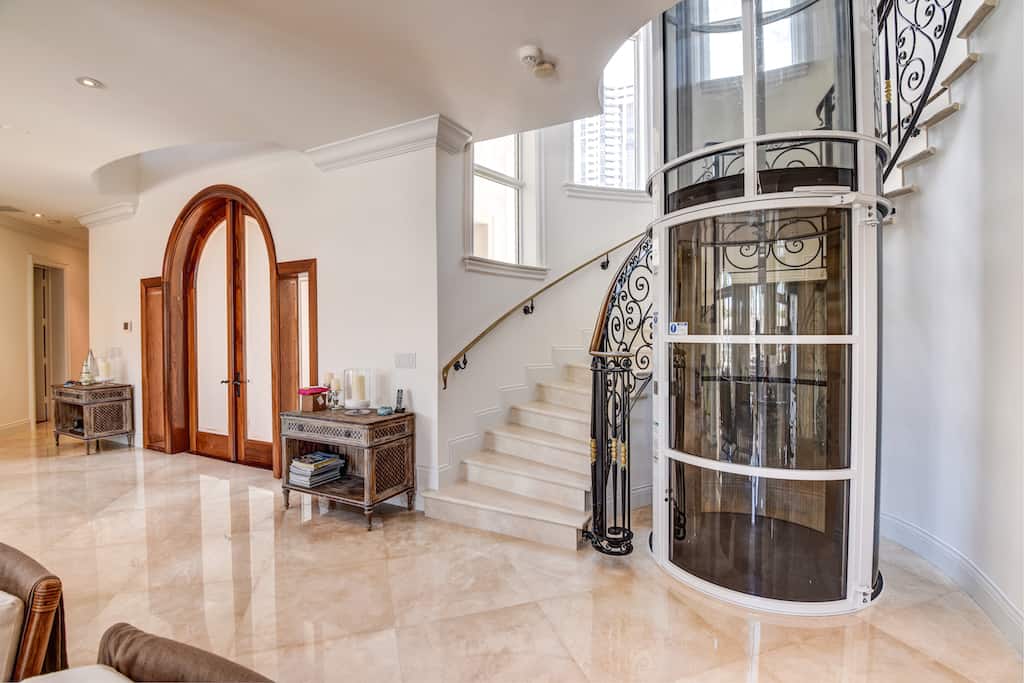What Are the Different Types of Home Elevators and Which Is Right for You in India?
Have you ever wondered if a home elevator can solve mobility issues in your house? Many people in India are considering elevators for their homes. They want to save time, reduce daily effort, and help elderly or differently-abled family members. Some people worry about the home elevator cost, while others focus on how these elevators function. This blog explores the common types of home elevators in India and shows you how to choose one that fits your lifestyle and budget.
Why Home Elevators Are Growing in Popularity
A home elevator offers several benefits for families:
- Comfort: No one needs to climb stairs in a hurry or struggle with heavy loads.
- Safety: Reduces accidents on staircases, especially for senior citizens.
- Property Value: Increases your home’s resale potential in the Indian market.
- Ease of Use: Ideal for multistory houses where family members move frequently.
Understanding Key Factors Before You Choose
Each model has a different home elevator cost, so you should weigh the pros and cons. Think about the space in your house, the number of floors, and how often you plan to use the elevator. A smaller home might prefer a compact machine, while a larger bungalow could accommodate a bigger system.
Key considerations include:
- Available Space
- Check the area for the elevator shaft or support structure.
- Smaller homes might need space-saving models.
- Budget and Maintenance
- Plan your budget for purchase and routine maintenance.
- Understand future costs like energy consumption and part replacements.
- Power Requirements
- Confirm that your home’s power supply can handle the elevator.
- Check if a battery backup is necessary for frequent power cuts.
- Aesthetic Preferences
- Some homeowners want glass panels or fancy interiors.
- Others prefer simple designs that match the overall home décor.
Types of Home Elevators
Home elevators come in various types. Each has unique features and suit different needs. The best home elevators offer all family members comfort, reliability, and safety.
1. Traction Elevators
Traction elevators use steel ropes or belts attached to a counterweight. An electric motor controls the movement.
- Pros:
- Smooth and quiet rides
- Energy-efficient
- Works well in multistory homes
- Things to Note:
- Usually need a dedicated shaft
- Installation cost can be higher than some other options
Traction models often appear in commercial buildings, but you can also find them in upscale homes that have enough space. People who want a smooth ride and can manage the extra structural requirements may find these a good choice.
2. Hydraulic Elevators
Hydraulic elevators rely on fluid pressure to lift and lower the cabin. A pump pushes oil into a cylinder to move the elevator upward. Gravity helps it come down.
- Pros:
- Suitable for homes with limited overhead space
- Usually cost less to install than large traction lifts
- Smooth operation, especially during starts and stops
- Things to Note:
- May need a dedicated machine room
- Oil leaks can happen if maintenance is not done properly
Hydraulic units are popular in many Indian homes because they handle uneven weight distribution well. They also work quietly, which is useful in residential areas.
3. Gearless Elevators
Gearless elevators use a permanent magnet motor to operate, removing the need for gears. This design often leads to a high-quality, smooth ride.
- Pros:
- Lower power consumption
- Very smooth and silent
- Can handle high capacities
- Things to Note:
- Higher initial costs
- Requires skilled maintenance and installation
These are sometimes called premium options among the best home elevators. They cater to homeowners seeking top-tier performance with low noise.
4. Vacuum Elevators
Vacuum elevators use air pressure to move the cabin. A tube-shaped shaft contains the lift car. Air pressure differences move it up and down.
- Pros:
- Minimal structural changes required
- Compact design for tight spaces
- Modern and sleek appearance
- Things to Note:
- Limited weight capacity
- Slower speeds compared to other lifts
Vacuum lifts are excellent for smaller homes or houses that cannot accommodate large shafts. Their futuristic look appeals to modern homeowners.
5. Battery-Operated Elevators
Battery-operated elevators are gaining popularity in areas with frequent power cuts. They have a dedicated battery backup system to keep the elevator running if main power fails.
- Pros:
- Extra reliability during blackouts
- Reduced dependency on main electricity
- Energy savings if managed well
- Things to Note:
- Regular battery checks and replacements
- Might add to the overall home elevator cost
This choice can be a lifesaver for families with elderly members or those who worry about power interruptions.
Comparing Costs and Budgeting
Many families in India focus on home elevator cost before making a final decision. Prices vary widely, depending on the model, brand, and level of customization.
Cost ranges:
- Basic Home Elevators: Start around ₹2.5 to ₹4 lakhs
- Advanced or Customized Models: Can go above ₹6 or ₹7 lakhs
Maintenance fees also matter. Some machines come with annual contracts that include periodic inspections, part replacements, and emergency repairs. A higher upfront payment may lead to fewer issues in the long run.
Installation Tips for Smooth Setup
Moving forward with a home elevator requires planning and professional support:
- Consult an Architect
- An expert can assess if your house can hold the elevator’s load.
- Proper planning avoids structural damage.
- Pick a Reliable Vendor
- Look for companies with proven experience.
- Ask about warranties and after-sales service.
- Gather Approvals
- Some areas need local municipal clearance.
- A No Objection Certificate (NOC) may also be required.
- Prepare for Maintenance
- Schedule regular check-ups to keep the elevator safe.
- Address any minor problem early to avoid bigger costs later.
Making the Right Choice
Which elevator is right for your home in India? Consider these points:
- Budget: Does a certain model fit your financial plan?
- Space: Can your home accommodate a full shaft, or do you need a compact design?
- Usage: How many people will use it daily? Do you have elderly members or frequent visitors?
- Aesthetics: Do you want a sleek, modern look or a simple design that blends in?
Conclusion
A home elevator can make daily life easier for everyone, especially seniors or anyone with mobility challenges. It also raises the overall value of your property. Feeling excited to explore the best home elevators for your space? Reach out to this trusted provider for personalized advice on costs, features, and installation steps. Discover a reliable partner who can simplify the process and help you pick the right elevator for your home. Take the next step and enjoy a safer, more comfortable future in your own house.













